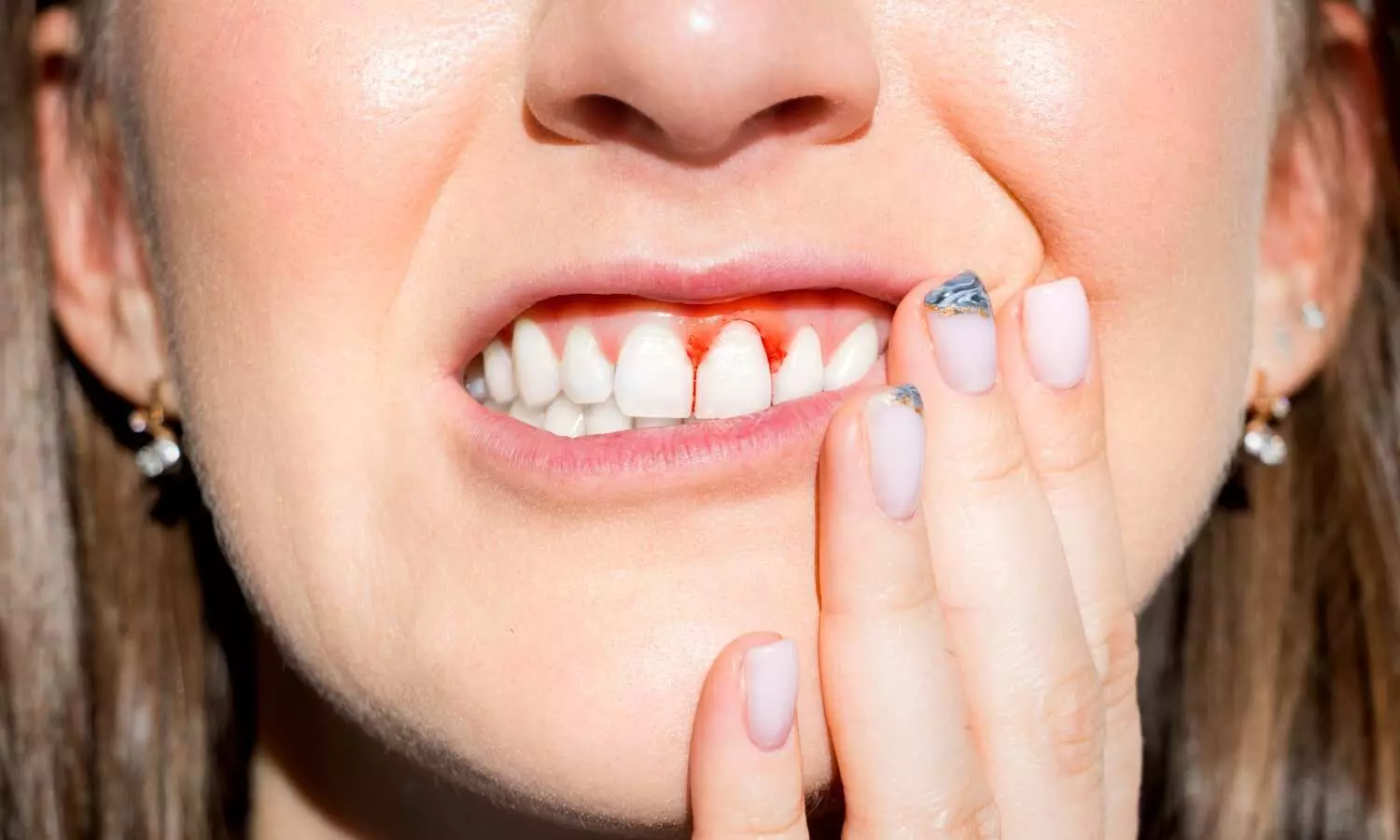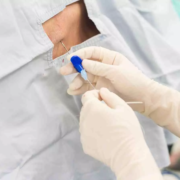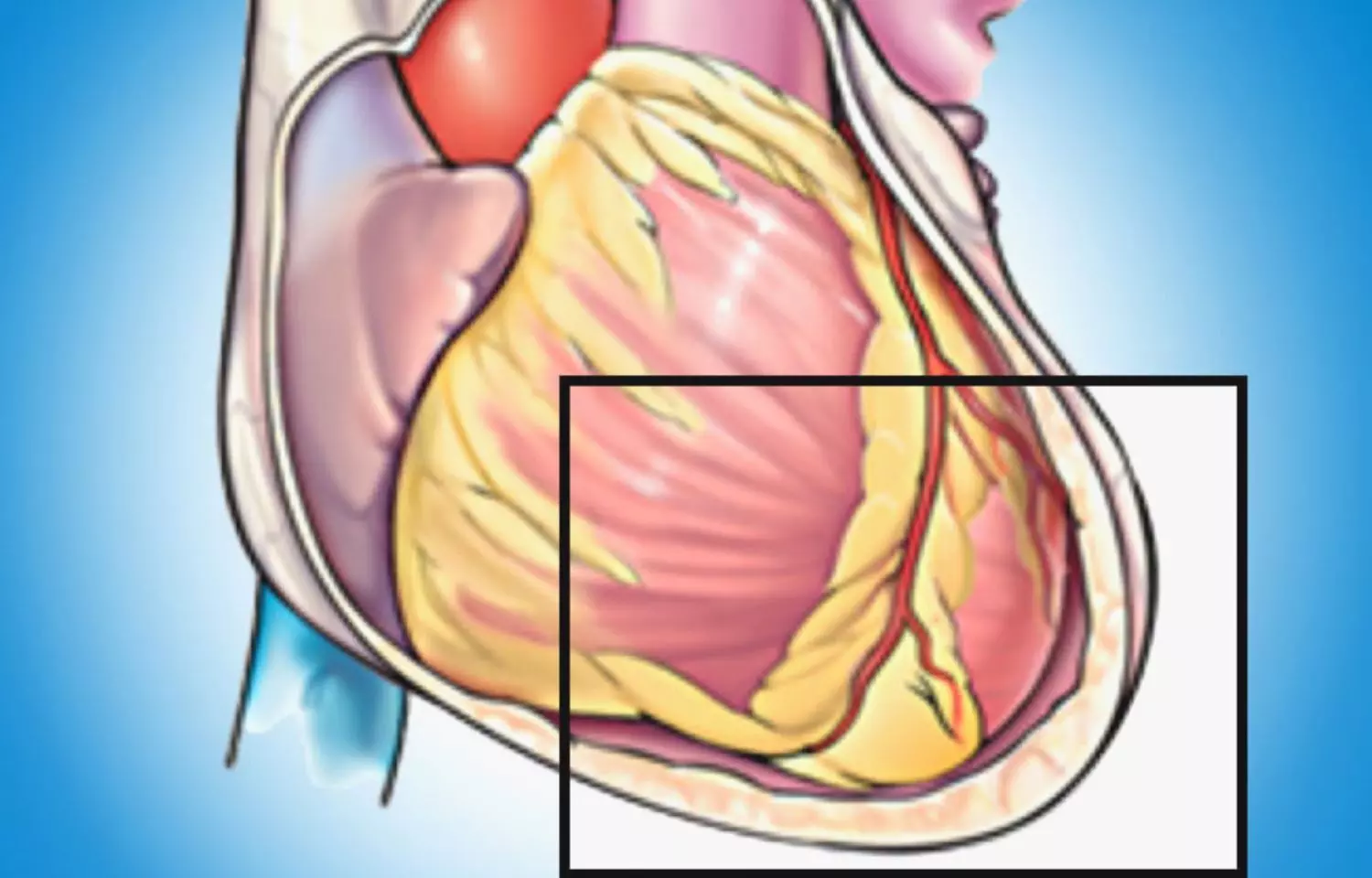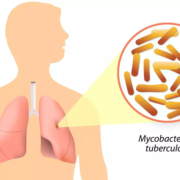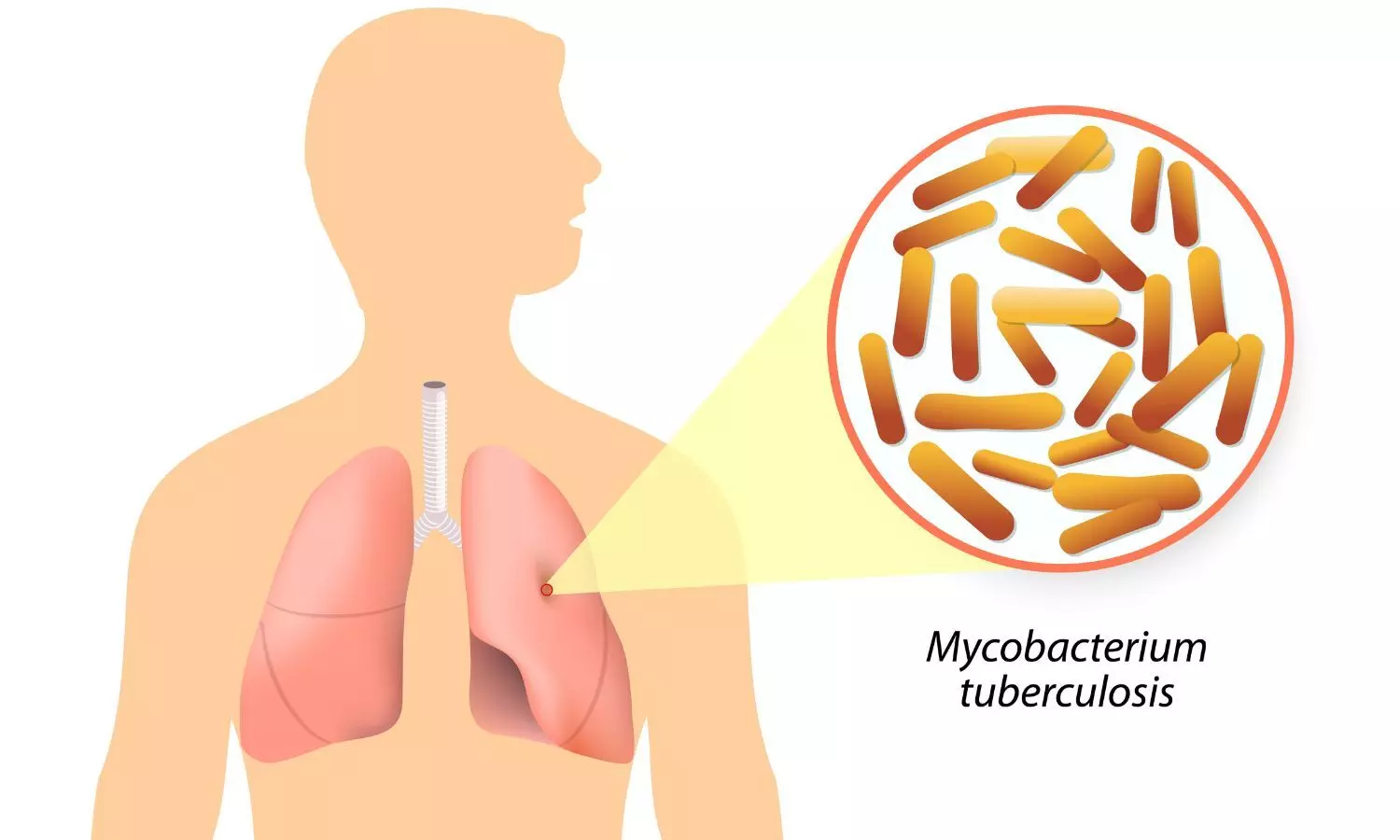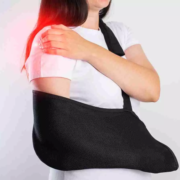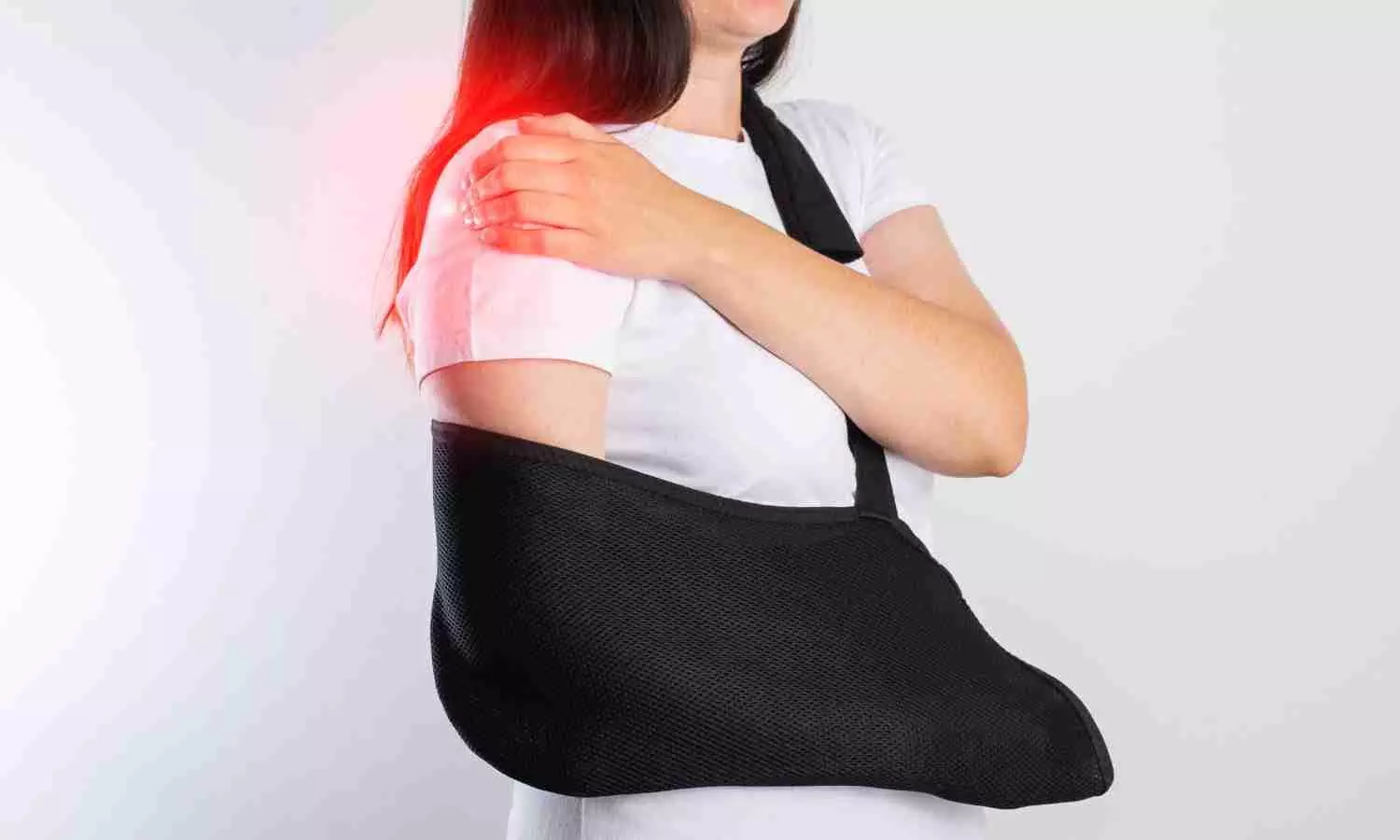
Having an epidural during labour is associated with a marked reduction in serious complications in the first few weeks after giving birth, finds a study published by The BMJ today.
Doctors refer to these complications as severe maternal morbidity (SMM), which can include heart attack, heart failure, sepsis, and hysterectomy.
Epidural analgesia is recommended for women with known risk factors for SMM, such as obesity, certain underlying conditions, or having more than one baby. These women are said to have a ‘medical indication’ for epidural analgesia in labour. Women delivering prematurely also carry a higher risk of SMM.
Some research suggests that epidural analgesia in labour may reduce the risk of SMM, though evidence is limited.
To address this, a team from the University of Glasgow in collaboration with the University of Bristol set out to determine the effect of labour epidural on SMM and explore whether this was greater in women with a medical indication for epidural in labour, or those in preterm labour.
Their findings are based on Scottish National Health Service data for 567,216 mothers in labour (average age 29, 93% white) delivering vaginally or via unplanned caesarean section in Scotland between 2007 and 2019.
Medical records were used to identify any of the 21 conditions defined as SMM by the US Centers for Disease Control and Prevention or a critical care admission occurring at any point from date of delivery to 42 days after giving birth.
Factors such as mother’s age, ethnicity, weight, smoking history and pre-existing conditions, as well as birth location and gestational age at birth were also taken into account.
Of the 567,216 women, 125,024 (22%) had an epidural in labour and SMM occurred in 4.3 per 1000 births.
Having an epidural was associated with a 35% relative risk reduction in SMM in all women in the study. Greater reductions were seen among women with a medical indication for epidural (50% risk reduction) compared to those without (33% risk reduction) and in women delivering preterm (47% risk reduction) compared to term or post-term (no evidence of reduced risk).
Notably, among the 77,439 women in the study who were at higher risk of severe maternal morbidity, only 19,061 (24.6%) received an epidural.
Possible explanations for these findings include closer monitoring of both mother and baby during labour, blunting of physiological stress responses to labour, and faster escalation to obstetric interventions if needed, note the authors.
The relatively low use of epidural, particularly in those with clinical indications may reflect women not fully understanding the potential benefits, as it is a woman’s choice that determines whether or not she has an epidural.
This is an observational study so no firm conclusions can be drawn about cause and effect, and the authors acknowledge several limitations that may have influenced their results. The study also involved predominantly white women delivering in Scotland, which may limit generalisability to ethnically diverse populations or different healthcare settings, they add.
However, this was a large, well-designed study that reflects contemporary obstetric and anaesthetic practices, and results were similar after further analyses, supporting the robustness of the findings.
As such, the authors conclude: “These findings substantiate the current practice of recommending epidural analgesia during labour to women with known risk factors, underscores the importance of ensuring equitable access to such treatment, and highlights the importance of supporting women from diverse backgrounds to be able to make informed decisions relating to epidural analgesia during labour.”
These findings suggest that epidural analgesia may be a viable protective option for at-risk pregnancies and decision makers should consider this new benefit to improve maternal health outcomes, say researchers in a linked editorial.
They point to the importance of understanding the mechanisms behind this protective effect and recognising inequalities in uptake, with much lower rates in, for example, minority ethnic groups and socioeconomically deprived communities.
With this in mind, these findings “might serve as a catalyst for initiatives aimed at improving equitable access to epidural analgesia during labour, potentially mitigating SMM and improving maternal health outcomes across diverse socioeconomic and ethnic backgrounds,” they conclude.
Reference:
Devroe S, Rex S, Lucas N. Unlocking maternal health: labour epidurals and severe morbidity BMJ 2024; 385 :q1053 doi:10.1136/bmj.q1053.




